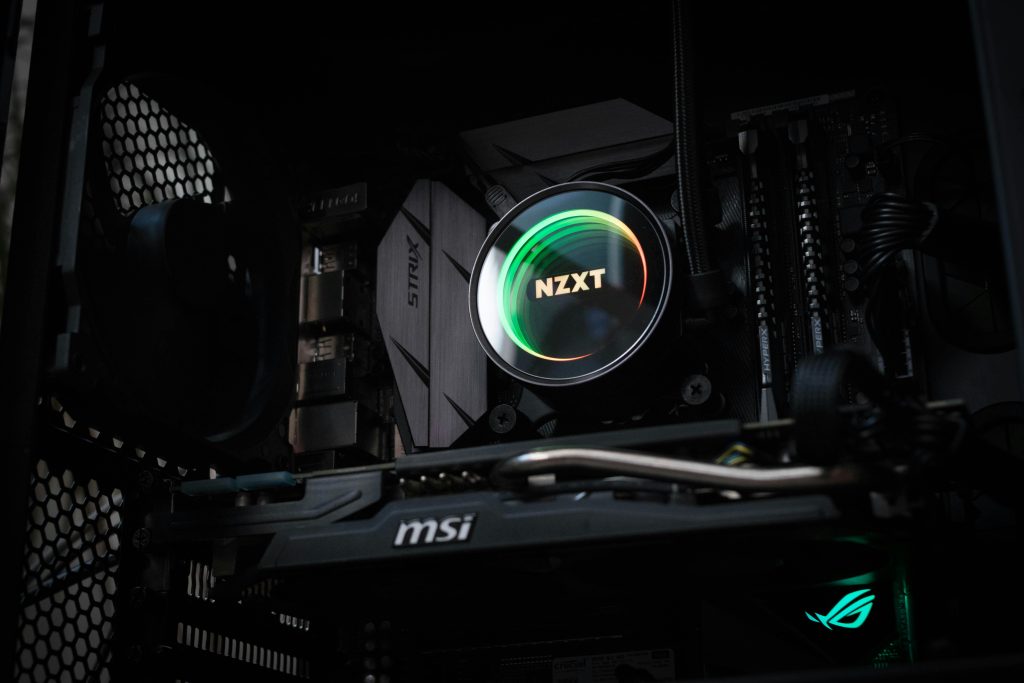Troubleshooting Unresponsive Windows 11 PC After Blue Screen: A Step-by-Step Guide
Experiencing persistent system crashes and unresponsiveness can be highly frustrating, especially when your Windows 11 machine fails to recover on its own. If your computer encounters blue screen errors and becomes unresponsive to interactions such as opening applications or Task Manager, it may require targeted troubleshooting to identify and resolve the underlying issues. This article provides a comprehensive overview and actionable steps to diagnose and repair a Windows 11 system exhibiting such symptoms.
Understanding the Issue
Recently, the user reported that upon startup, their Windows 11 PC undergoes a blue screen followed by restarts, eventually settling into a non-responsive state. Attempts to open applications—including Task Manager via right-click or keyboard shortcuts—fail to produce any response. The problem began during a period of transition to university, where movement and setup coincided with system instability. Despite efforts like resetting Windows, the issues persist, indicating potential hardware or deep-seated software problems.
Key Details and Considerations
-
Blue Screen Cycles: The system repeatedly bluescreens on startup, indicating critical errors that prevent normal operation.
-
Hardware Modifications: The user has disabled the 5th and 6th CPU cores, with documentation of a pre-existing issue with the fifth core. Such hardware modifications can influence system stability.
-
Troubleshooting Attempts: Removing RAM sticks for testing did not resolve the problem, suggesting the issue may not be solely related to memory.
-
Current State: The only way to power off the system is by holding the physical power button, indicating a complete freeze or unresponsive system.
Step-by-Step Troubleshooting Strategies
- Identify the Blue Screen Error Code
- When the system blue screens, note the specific error code (e.g.,
0x0000007E,CRITICAL_PROCESS_DIED). This code guides diagnosis. -
Enable automatic crash dumps if disabled, or review minidump files found in
C:\Windows\Minidump. -
Boot into Safe Mode
- Restart your PC and press
F8or holdShiftwhile clicking Restart to access recovery options. - Navigate to Troubleshoot > Advanced options > Startup Settings > Restart.
- Select Safe Mode or Safe Mode with Networking.
-
If successful, test application responsiveness and perform system scans.
-
Check Hardware Components
- Since cores are
Share this content:



